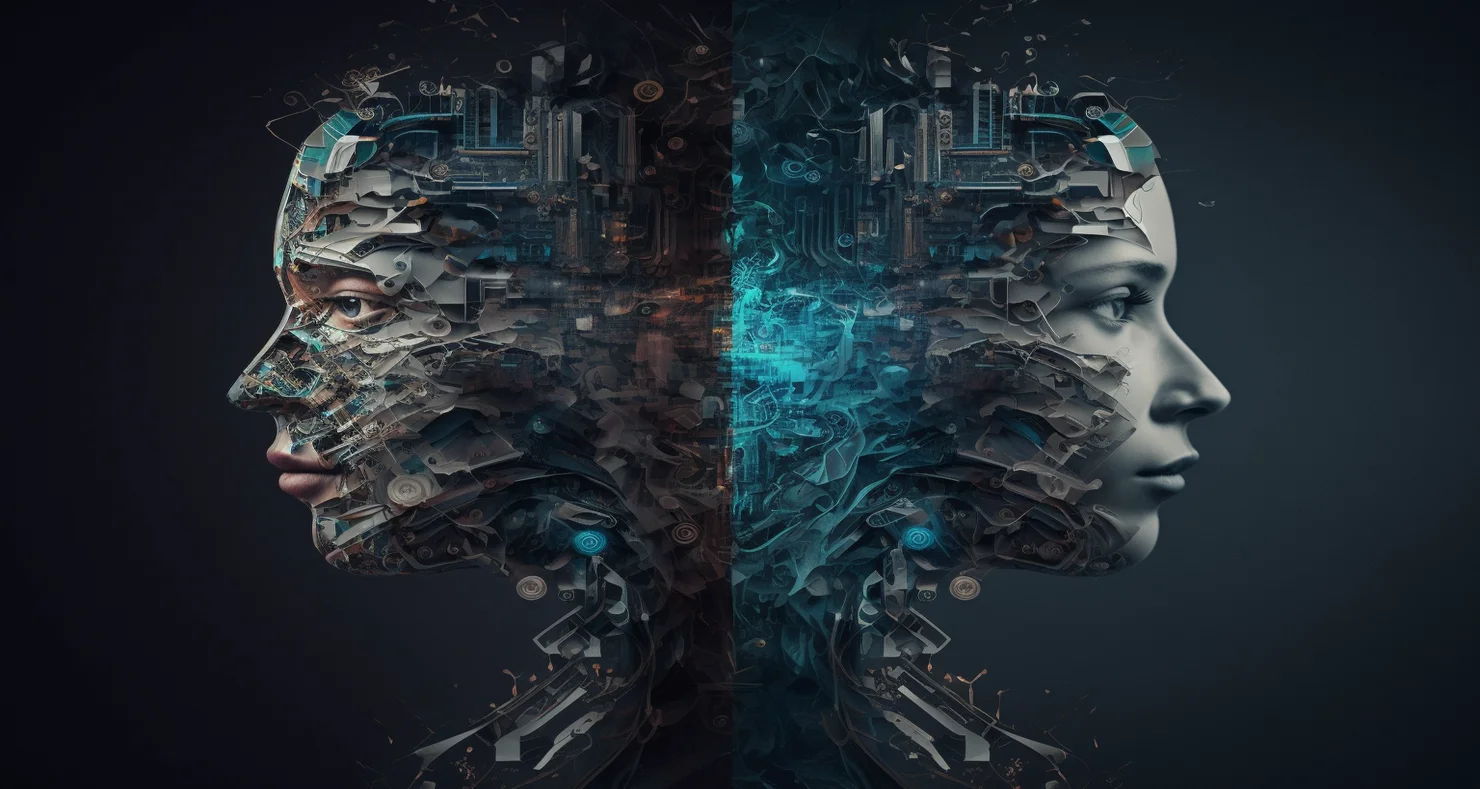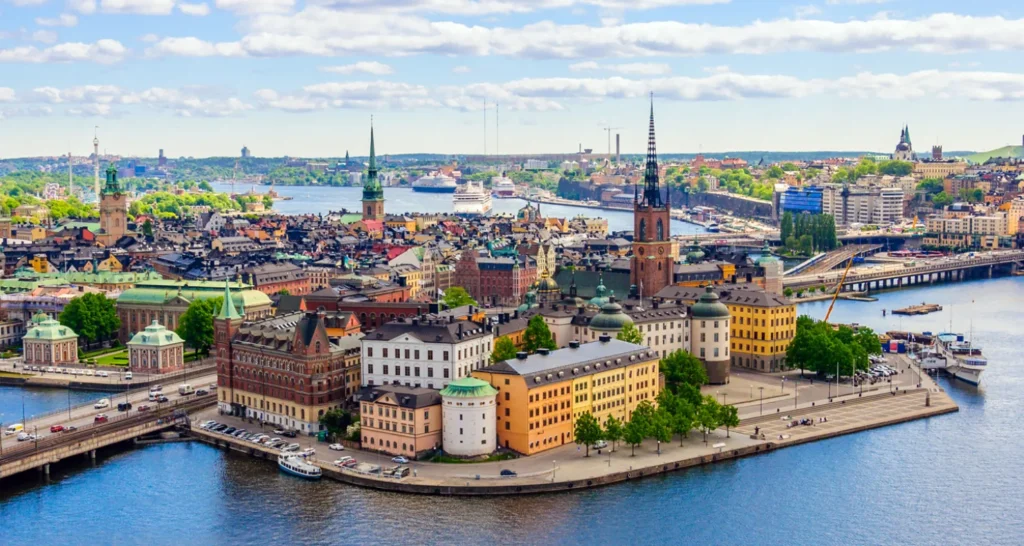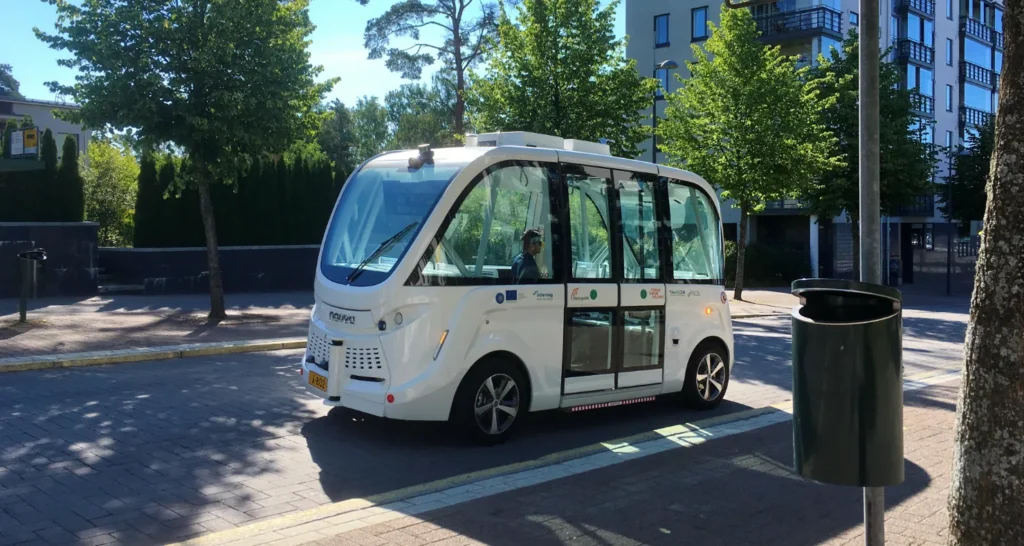The concept of a digital twin was first described in 2002 by Michael Greaves, a professor at the University of Michigan. In his book The Origins of Digital Doppelgangers, he broke them down into three main parts:
- The physical product in real space.
- The virtual product in virtual space.
- The data and information that unite the virtual and physical product.
According to Greaves, “Under ideal conditions, all the information that can be obtained from a product can be obtained from its digital twin.”
Officially, the term “Digital Twin” was first mentioned in NASA’s 2010 Simulation and Modeling Report. It refers to an ultra-realistic virtual replica of the spacecraft, which would reproduce the stages of construction, testing and flight.

What digital twins are?
- Prototype (DTP) – is a virtual analogue of a real object which contains all the data needed to produce the original;
- Instance (DTI) – contains data on all the characteristics and operation of the physical object, including a three-dimensional model, and operates in parallel with the original;
- Aggregate twin (DTA) – a computing system of digital twins and real objects, which can be controlled from a single center and exchange data within.
For example, in the Middle East, the digital twin technology made it possible to “assemble” 20 oil refining and oil production facilities of ADNOC into a single control room and unify all processes.
The optimum error between the operation of the digital twin and its physical prototype is considered to be 5%.

The computer model will also help at the next stages of production and operation. When a new development arrives at the plant, technologists often say,
“Great solution, but we can’t use it because we have different equipment.”
Such limitations can be taken into account in the digital twin, and the ideal solution will remain, too. Moreover, it won’t be the only one.
– Digital transformation allows you to work on dozens of design trajectories. You end up with five to ten solutions that meet the customer’s requirements. But only one is put on the market – the one that exceeds the characteristics specified at the start. This leaves at least four other options. They can be materialized very quickly – in one or two weeks. In other words, digital models ensure not only the creation of world-class products, but also guaranteed development

What tasks are solved by the digital twins?
- Test run a process or product chain quickly and without significant investment.
- Identify problems or vulnerabilities before production starts or the facility enters service.
- Improve the efficiency of processes or systems by tracing any failures prior to startup.
- Reduce risks – including financial risks and those related to health and safety.
- Increase the competitiveness and profitability of your business.
Make long-term forecasts and plan the company’s or product’s development for years to come. - Increase customer loyalty by accurately forecasting demand and product performance.













